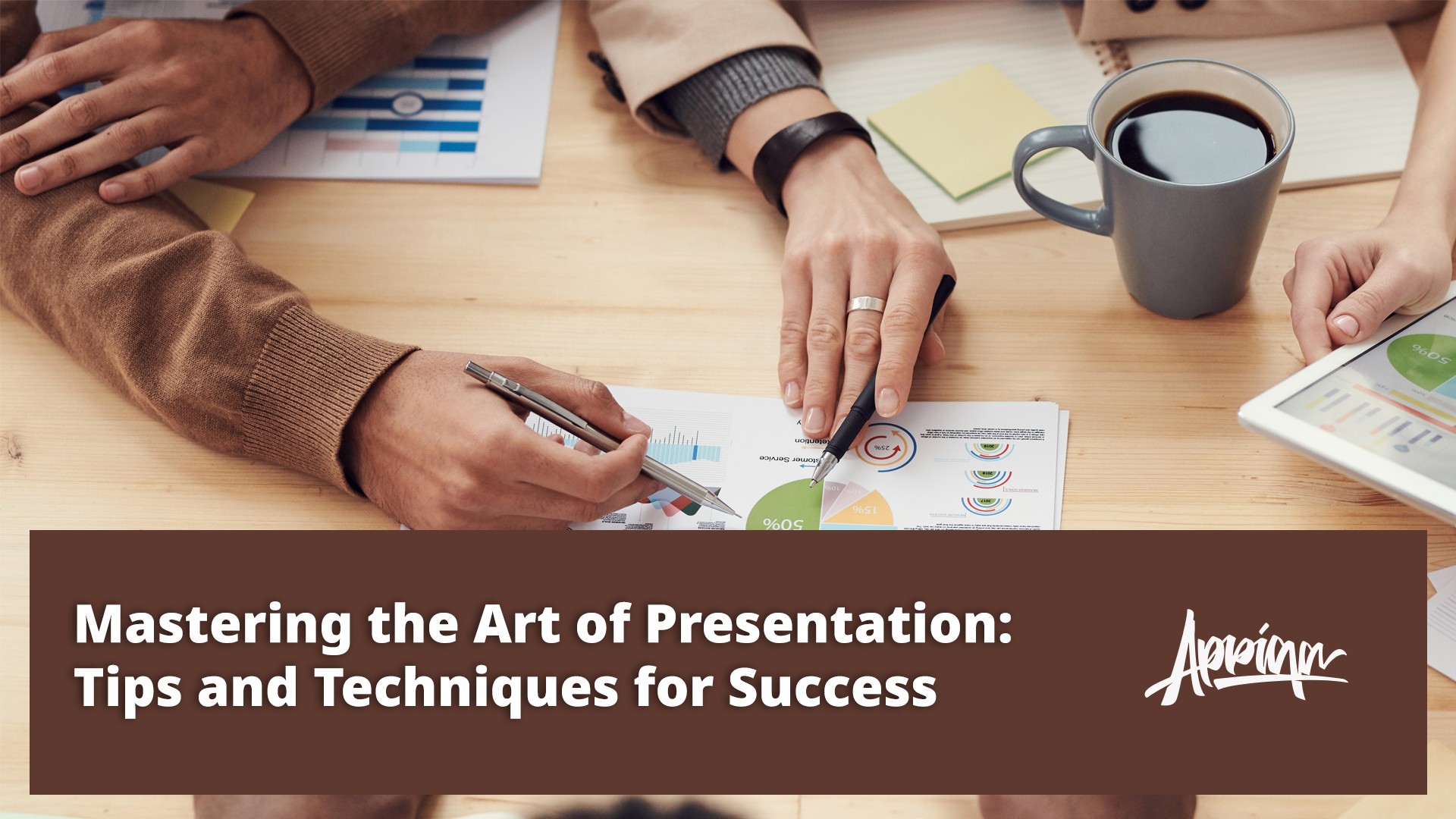Table of Contents
Effective presentation skills are a valuable asset in both personal and professional life. Whether you're giving a pitch to potential clients, delivering a keynote address at a conference, or simply speaking in front of a group, the ability to communicate your ideas clearly and persuasively is essential. In this article, we will explore some key tips and techniques to help you master the art of presentation and achieve success.
1. Know Your Audience
One of the first steps in preparing a successful presentation is understanding your audience. Consider their background, interests, and expectations. Tailor your content and approach to resonate with them. What are their pain points, and how can your presentation address them? The more you can connect with your audience, the more likely you are to engage and persuade them.
2. Structure Your Presentation
A well-structured presentation is easier to follow and more impactful. Consider using a classic structure like the "Introduction-Body-Conclusion" format. Start with a compelling opening to grab your audience's attention, present your main points in a clear and logical order, and end with a strong conclusion that reinforces your key message.
3. Visuals Matter
Visual aids can significantly enhance your presentation. Use slides, images, charts, and graphs to illustrate your points and make them more memorable. Keep visuals simple, and avoid clutter. A well-designed slide should complement your speech, not overwhelm it.
4. Practice, Practice, Practice
Practice is essential to building confidence and improving your delivery. Rehearse your presentation multiple times, preferably in front of a trusted friend or colleague who can provide constructive feedback. Pay attention to your tone, pacing, and body language. The more comfortable you are with your material, the better you'll perform.
5. Engage Your Audience
Engagement is key to a successful presentation. Encourage interaction by asking questions, using real-life examples, or telling compelling stories. Make eye contact with your audience, and be aware of your body language. Confidence and enthusiasm are contagious.
6. Master the Art of Storytelling
Storytelling is a powerful tool in presentation. Weave relevant stories into your content to make it relatable and memorable. Stories create an emotional connection with your audience and can help convey complex information in a compelling way.
7. Handle Questions with Confidence
Expect questions from your audience, and be prepared to answer them confidently. If you don't know the answer, don't bluff. It's okay to say you'll follow up later. Handling questions with poise and professionalism can leave a lasting positive impression.
8. Use Technology Wisely
If you're using technology, such as PowerPoint, make sure it enhances your presentation rather than distracts from it. Avoid overcrowded slides, excessive animations, or reliance on technology that could fail. Be prepared for technical glitches and have a backup plan.
9. Manage Nervousness
Even experienced presenters can feel nervous before speaking. Practice relaxation techniques such as deep breathing and positive visualization to calm your nerves. Remember that a little nervous energy can be a good thing—it can help keep you alert and focused.
10. Seek Feedback and Continuously Improve
After your presentation, seek feedback from your audience and peers. What worked well, and what could be improved? Use this feedback to refine your presentation skills and become an even more effective communicator.
In conclusion, mastering the art of presentation takes time and effort, but it's a skill that can open doors to countless opportunities. Whether you're speaking in a boardroom or on a stage, these tips and techniques will help you become a more confident and successful presenter. With practice and dedication, you can excel in the art of presentation and leave a lasting impression on your audience.






